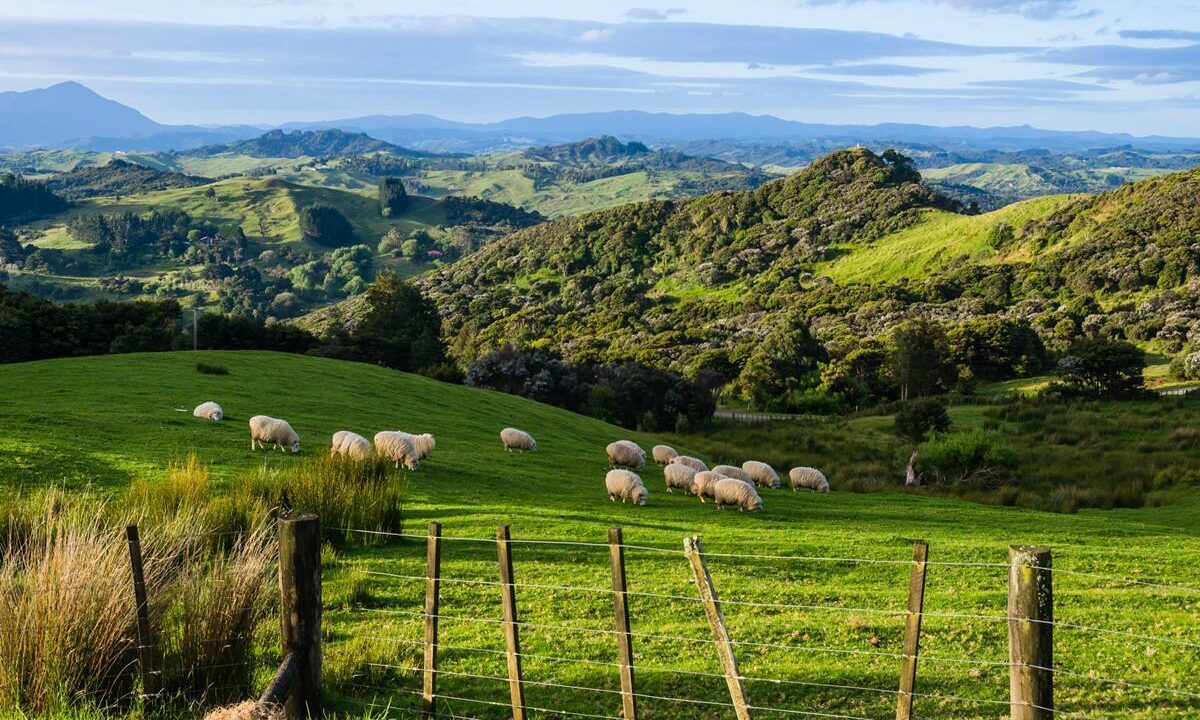The New Zealand lamb crop has marked an increase for 2021 of 0.6% or 129,000 head to reach 22.7 million, according to a report from Beef and Lamb New Zealand.
The report is broken down in two regions; the North and South Island, with differences being seen in both.
The total number of lambs in the North Island increased 1.4% (+147,000 head) to tally 10.6 million head, while the total number of lambs in the South Island was effectively the same at 12.1 million head.
In the report it was noted that even though the breeding ewe flock saw a decrease, this was offset by a higher lambing percentage.
The number of breeding ewes on July 1, 2021 decreased by -0.5% on 2020 to stand at 16.5 million head. Numbers in both the North and South Islands decreased by 0.5% and 0.6% respectively.
However, this was offset, as mentioned, by the average ewe lambing percentage increasing for spring 2021 by 1.2% to stand at 131.9%.
The number of lambs from hogget ewes is estimated at 957,000, up 3.7% on spring 2020 and equivalent to 4.2% of total lambs, the report said.
Number of lambs processed estimated to rise
Looking now at processing figures, the number of lambs processed in 2021-22 is estimated to increase 1.0% to 18.48 million head.
However, the number of adult sheep processed is estimated to decline 9.5% to tally 3.46 million in 2021-22.
While briefly looking at current lamb prices in Ireland thorugh the Bord Bia sheepmeat price tracker, lamb prices up to the week ending December 5, stood at €5.72/kg.
The average lamb price for the year-to-date stands at €4.82/kg, which is a substantial rise from the €4.02/kg recorded in 2020.
For Irish farmers, the hope will be that New Zealand continues it’s focus of moving lambs to China rather than into Europe, as prices here at home have seen a remarkable rise since exports of New Zealand lambs moved away from Europe.
